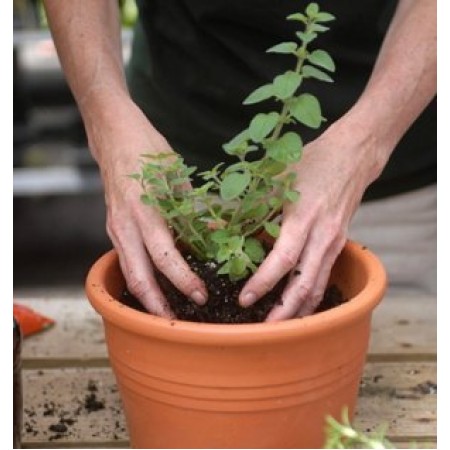How to transplant flowers at home

Competent transplantation of indoor plants can significantly extend their life. If this procedure is carried out in compliance with the basic rules, then your indoor flowers will meet the next flowering period, so to speak, in full readiness - saturated with minerals for unobstructed growth.
A few basic rules for proper transplantation
It should immediately be clarified that it is possible to transplant domestic plants in different ways, and now there are three main types of transplantation:
- full - the old soil is changed to a new one with the obligatory cleaning of the rhizome of the plant from the remnants of the soil;
- partial - in such cases only the soil surrounding the root system is replaced;
- minimal - only the top layer of soil changes, the roots of the flower do not worry (the most common option).
When we have decided on the method of transplanting a plant from one pot to another, it is necessary to carry out this procedure in stages, starting with the preparation of a suitable container for the flower. A new pot, as a rule, should be slightly larger than the previous one (a few centimeters). Before transplanting, the tank is cleaned of lime covering the bottom and filled with water for a day.
After water has infused during the day, a first soil layer is created, which is designed to eliminate the potential disadvantages of uneven placement of the soil in the pot. For these purposes, the expanded clay or shards, with which we create a drainage system inside the tank.
An hour before transplanting, the plant in the old pot is watered abundantly so that we do not irreparably damage the root system in the process of moving. After cleaning the roots from the ground (it is necessary to clean with bare hands, simultaneously checking whether rotten branches are present in the root system), the plant is planted in a new pot so that the root neck is below the edges of the pot itself. We condense the earth around the flower and water it abundantly again, so that the roots receive the necessary portion of liquid and quickly take root in the new pot.
How to choose a suitable pot
The best "home" for the plant will be pots made of clay, since this production option involves the creation of a container with the walls of a porous structure. But, as a rule, plastic pots are also suitable, though not for all plants. The second, unlike the clay counterpart, can last longer and will not break from an accidental fall.
Some gardeners, instead of classic pots, prefer containers or pots. But not everyone knows that these two containers are designed to be placed directly in the pot, while they themselves are not very suitable as plants for housing.
In general, transplanting indoor plants is not too complicated procedure. But it is necessary to be extremely careful when moving exotic plants and those flowers that may suffer due to the fact that the root system will be disturbed due to the physical actions of a person.